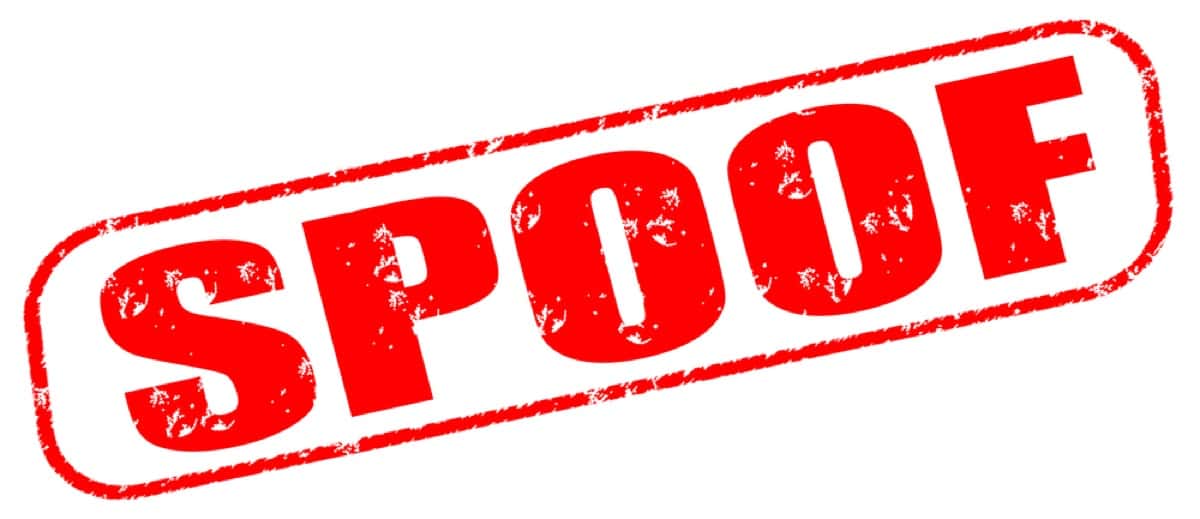Your iPhone, Caller ID Spoofing All That Jazz
If you’ve been receiving robocalls from numbers not in your contacts, they’re fairly easy to block. But Caller ID spoofing is another, more difficult, matter. Here’s a short introduction.

This whole subject is amazingly complex, and there’s a hierarchy of issues. So in this short article, I’ll keep it simple and supply resources for further reading.
First order. Ordinary SPAM calls. If all you have is a smartphone, say an iPhone, and you maintain a contacts list, it’s easy to block robocalls after the first attempt. If the number isn’t in your contacts list, the iPhone will just show the number of origin with no other identifying information.
You can elect to not answer, but there’s always a chance that it’s from a legitimate caller. You can’t know. However, if it’s really important, the legit caller will usually leave a voicemail.
If you let it roll to voice mail either because you didn’t want to answer of your phone wasn’t handy, the nature of the recording will reveal if you want to “Block this caller.” In the phone app, in the Recents tab, tap on the little circled “i” on the right. Scroll down until you see “Block this Caller.” Tap it, and you’re done.
There are many resources to help here. See Jeff Gamet’s tutorial on how to install a SPAM blocker called Whocalls, but another well regarded one is Hiya for iOS.
Second order. Caller ID Spoofing. This is more difficult. The caller disguises the original number and tricks the phone network’s Caller ID system into displaying a customized number. A popular trick is to duplicate your own area code and your number prefix, that is the first three numbers of your own number.
For example, if your number is 303-555-1212, the caller will spoof the Caller ID system to be from 303-555-4410. Even though it’s not in your Contacts, you may surmise that it’s from a neighbor, someone local, or local merchant not in your contacts list.
Caller ID Spoofing is generally legal in the U.S. and Canada because it has other uses. Here’s a great introduction to the issue: “Caller ID Spoofing: All You Need To Know.” This article notes:
In the United States, “Under the Truth in Calling Act, FCC rules prohibit any person or entity from transmitting misleading or inaccurate Caller ID information with the intent to defraud, cause harm, or wrongly obtain anything of value. If no harm is intended or caused, spoofing is not illegal. Anyone who is illegally spoofing can face penalties of up to $10,000 for each violation. In some cases, spoofing can be permitted by courts for people who have legitimate reasons to hide their information, such as law enforcement agencies working on cases, victims of domestic abuse or doctors who wish to discuss private medical matters.
I’ve been receiving a lot of these lately. I even received a call from myself because the spammer, apparently, allowed the spoofed Caller ID number to be the same as the number called.
This gives us a clue that the spoofed number is probably random and is likely from a number already in service. So if you use the techniques described above to “Block this Caller” you may end up blocking a legitimate number from a neighbor, someone local to that prefix, or local merchant who just doesn’t happen to be in your Contacts list.
Currently, I don’t know a way around this. As of this writing, the latest information I could find is from January of this year, from the Hiya blog. “Phone Spoofing Bill Passed in House and Moves to Senate.”
Related
Recognizing this growing issue, U.S. Representative Grace Meng (D-Queens) took a stance with the Anti-Spoofing Act (H.R. 2669). Passed by the House of Representatives last November, and most recently by the House, the bill is now making its way to the Senate.
If I can find out more about the status of this legislation, or can shed any more light on any topic I’ve mentioned, I’ll update this article.
The best advice I have is this. Install one of the call blocker apps above. They use a known blacklist to filter SPAM calls. If you still get a call from a number not in your Contacts list, thanks to Caller ID spoofing, just don’t answer. Let voicemail, if recorded, sort out the situation. That way, you won’t need to manually block spoofed, but potentially legit, numbers.
Comments below are always welcome.


0 Response to "Your iPhone, Caller ID Spoofing All That Jazz"
Post a Comment